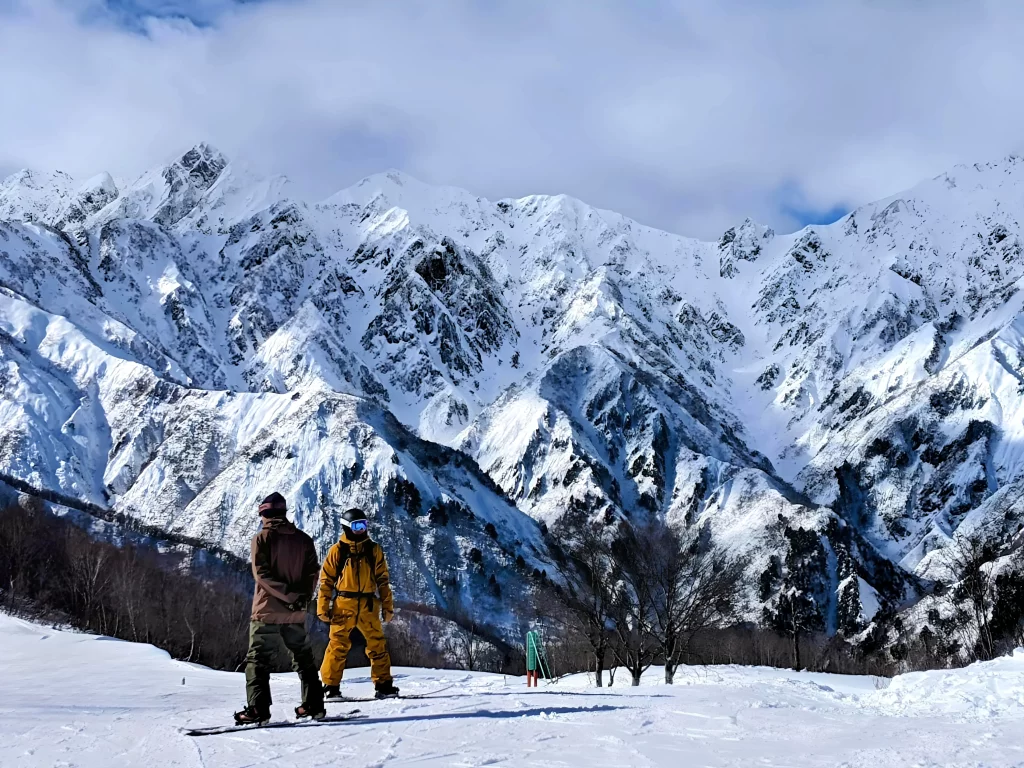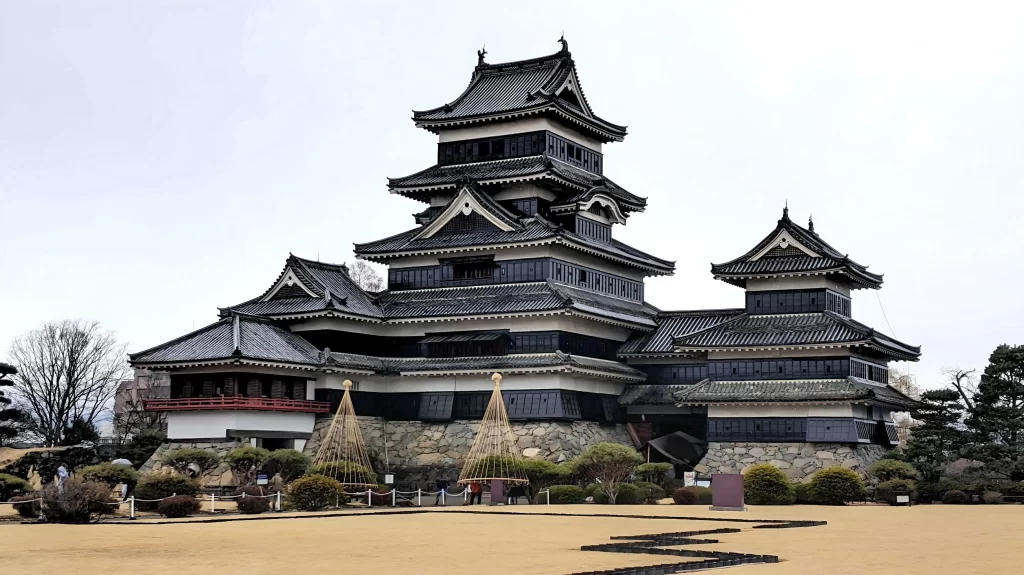
SPRING
Matsumoto: A Historic, Stylish Castle Town & Gateway to the North Alps
Readily accessible from Tokyo, Matsumoto is a small and picturesque city famous for its beautiful castle – one of Japan’s few remaining original castles and a registered National Treasure. The pride of a city and people who saved the structure from destruction during the Meiji Period, today the six-story black and white castle draws visitors from all over the world. They come for the castle and once in Matsumoto, discover a historic city with renowned traditional craft and burgeoning contemporary art scenes, historic shopping streets and plenty of good food.
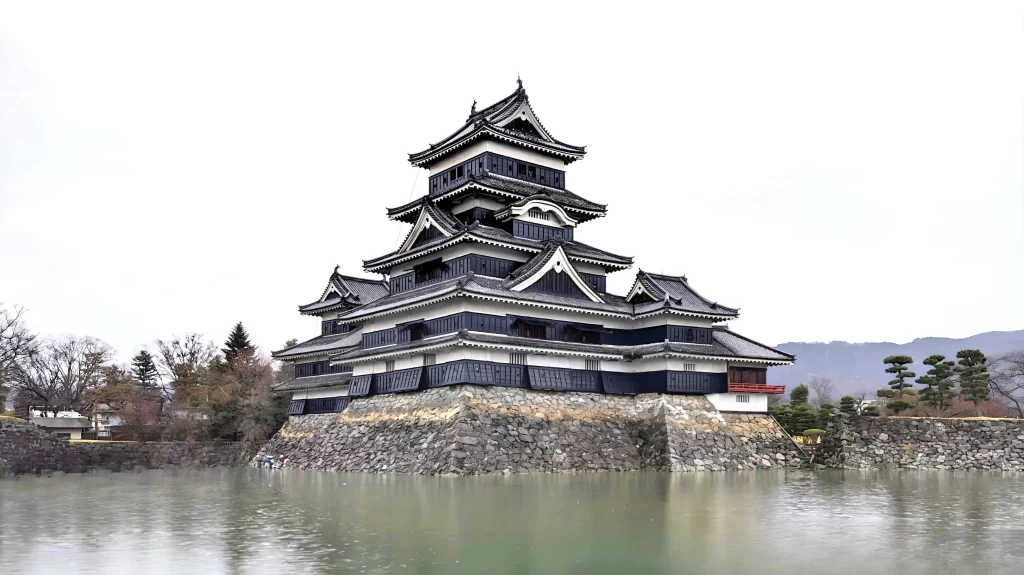
©Peter Carnell
Constructed between 1594 and 1603, Matsumoto Castle retains much of its original structure including its imposing stone foundations and notable elements within the castle itself. Design of the castle reflects the transition from the tumultuous Warring States Period into the peace of the Edo Period. The earliest towers are heavily fortified while later additions are more open and evidently ceremonial, with little thought given to need to repel an attack. The distinct black and white coloration of the castle including its upturned black tiled roofs, give rise to its popular moniker “Karasu-jyo” or the “Crow Castle”, said to be reminiscent of a bird about to take flight.
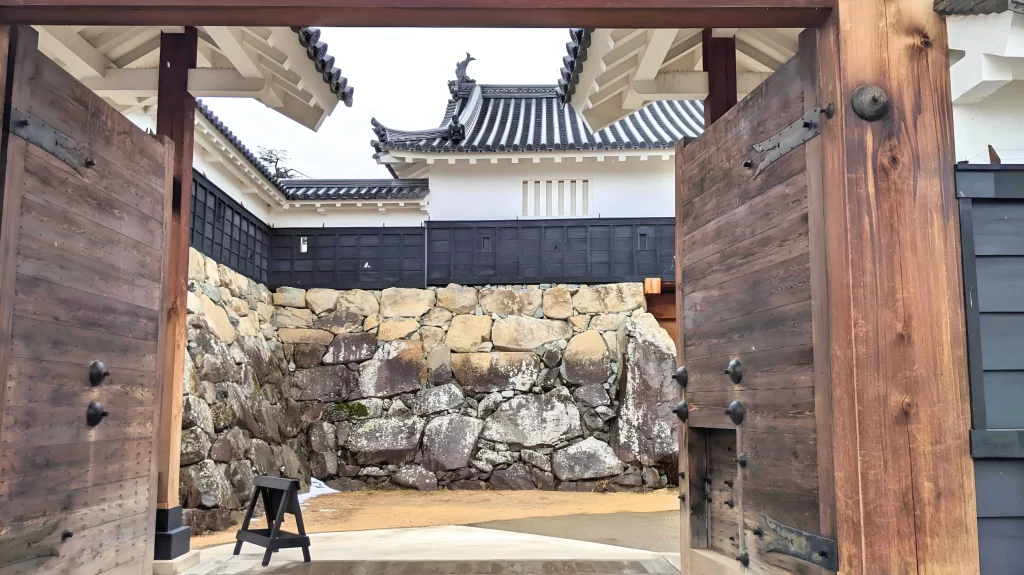
©Peter Carnell
Matsumoto is a city that remains proud of its samurai heritage. It is a heritage most clearly displayed in the form of the castle while the layout of the streets around it and retention of many historical buildings, tell the story of Matsumoto’s wealth and mercantile past. Most famously, the streets of Nawate Dori and Nakamachi previously led to the castle and were squeezed between its outer moats. Given the movement of people to and from along these streets, merchants sold all manner of wares including food and local craft. That history lives on today with the historic streets retaining many older buildings housing generations-old traditional craft stores and more contemporary shops, cafes and eateries.

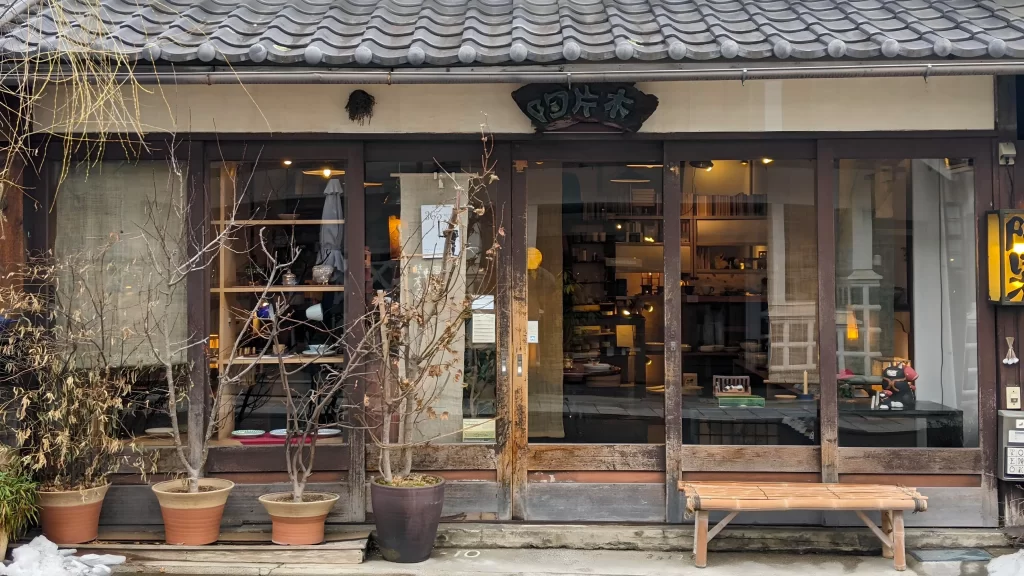
©Peter Carnell
While it is the castle that draws visitors to Matsumoto, in the end it’s these streets and all the other trimmings, including the city’s burgeoning art scene, which people tend to love. Born and raised in Matsumoto, Kusama Yayoi is Japan’s most celebrated living artist. Matsumoto City Museum of Art holds a small permanent collection of her work while the city’s connection to Kusama inspires a lively modern art scene.
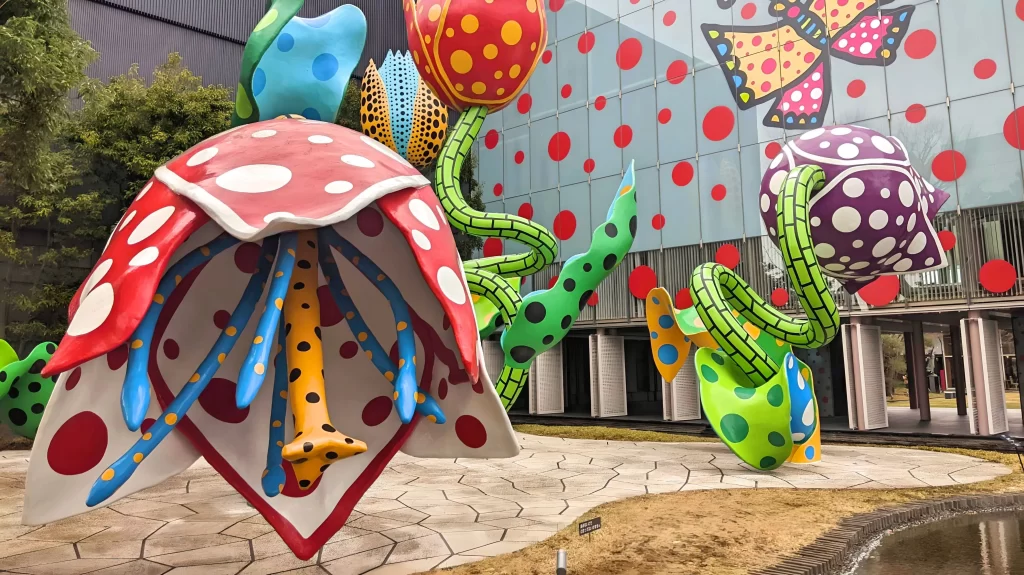
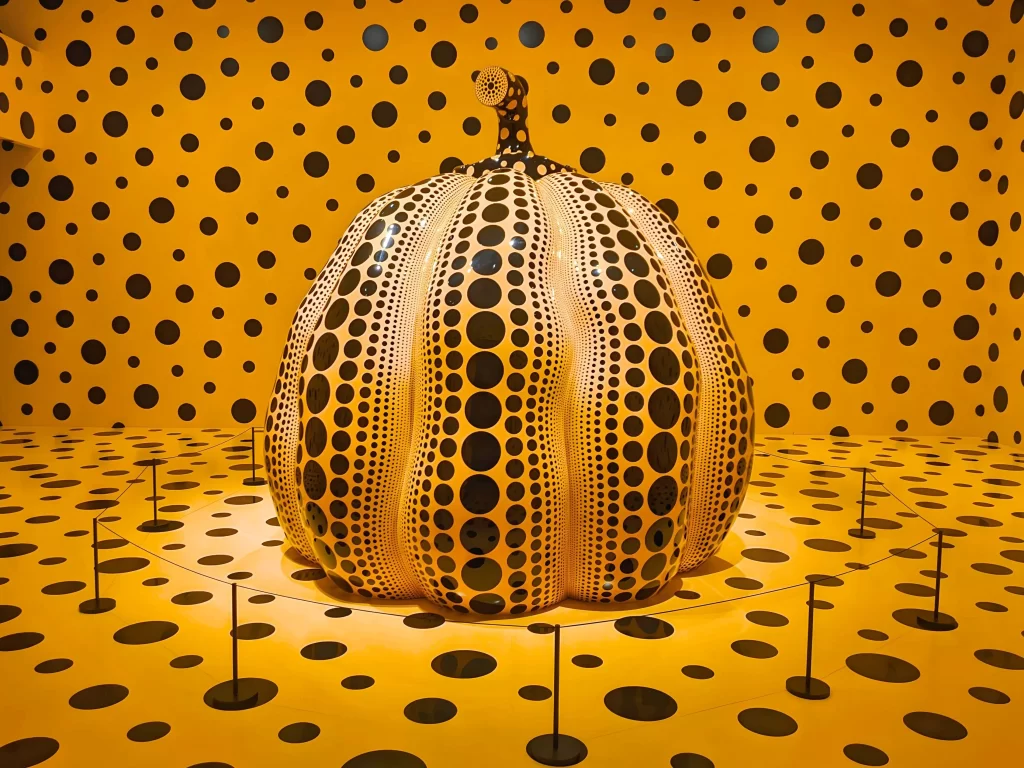
©Peter Carnell
Looking out and up from the city, visitors have a view of Japan’s highest mountain range. Most often referred to as the ‘North Alps’, the imposing range is an impressive sight and includes many of the country’s highest peaks. Dominated by Chubu Sangaku National Park, the mountains of the North Alps offer multiple destinations within easy reach of Matsumoto, including the beautiful alpine valley of Kamikochi.
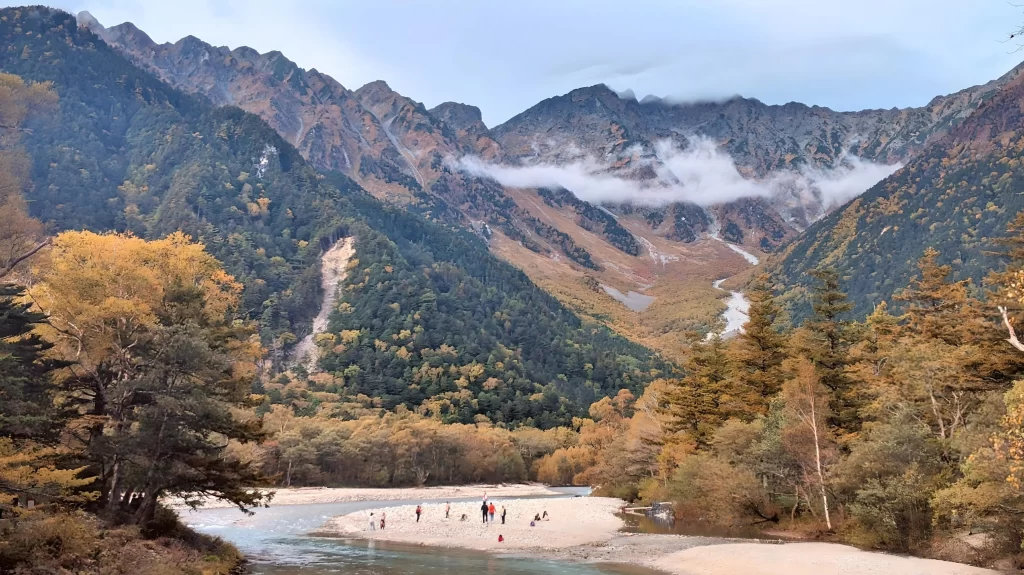
©Peter Carnell
Open to the public from mid-April until mid-November, Kamikochi is a special protected zone and one of Japan’s most rewarding outdoor destinations, offering both leisurely walking trails and more serious mountaineering routes.
When to Visit
Matsumoto is an all-year-round destination with a busy calendar of events. Spring is a lovely time to visit, with Matsumoto Castle hosting its annual cherry blossom festival each April. Dates of the festival vary between seasons as it is timed to coincide with “mankai” or “peak bloom”, which of course changes between years. During the festival, the castle and surrounding trees are illuminated at night – a truly beautiful sight. Around the same time, Kamikochi opens to the public, allowing visitors to combine their visit to Matsumoto with a mountain escape.
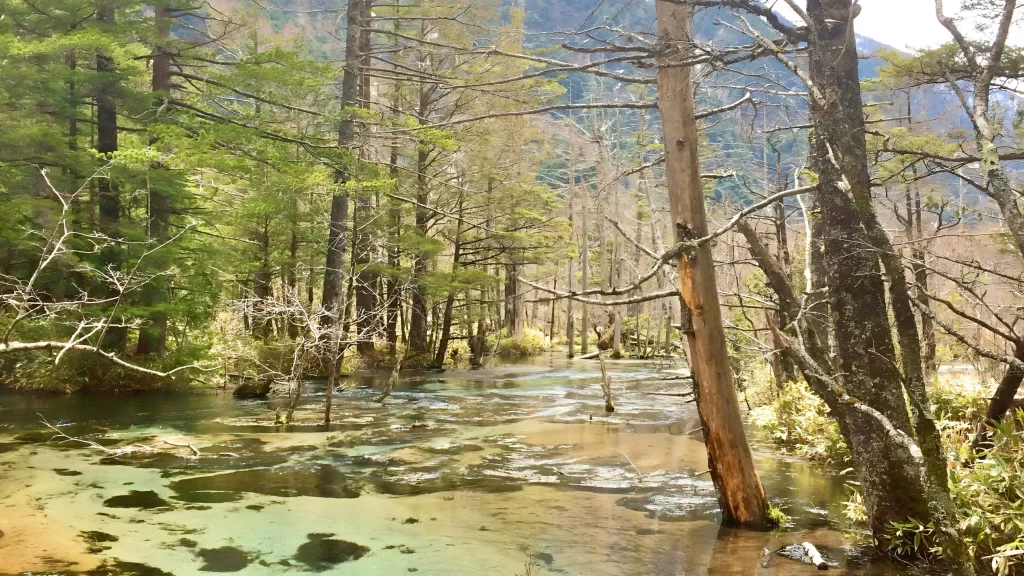
©Peter Carnell
Summer in Matsumoto is hot. The city sits in a valley which traps the daytime heat. When visiting the city between July to September, it’s best to pace yourself and not plan too much. Festivals including the city’s “Bon-Bon” dance festival in the first week of August are held at night, when residents come out to celebrate together in the cooler evening. When visiting Matsumoto in summer, we recommend combining your visit with activities in the North Alps where you will enjoy much more pleasant temperatures.
October and November in Matsumoto are delightful with autumn colors framing the castle and city with exceptional beauty. Again we recommend combining your visit at this time of year with Kamikochi, which is blessed with outstanding beauty. December to February are cold. Though Matsumoto doesn’t experience the heavy snow of other areas in Nagano, it can be bitterly cold. Visitors to Matusmoto in January can enjoy the Matsumoto Ice Sculpture Festival, an event that draws ice-carving artists to create their works in public in front of the illuminated castle.
How to Get There
Matsumoto Station is the terminus for the Limited Express Azusa running from Shinjuku Station in Tokyo. The direct journey takes approximately 2.5 hours with multiple services departing each day. Matsumoto is a convenient hub for moving onto other destinations including: Kamikochi – a 90 minute drive, Nagano City – a 60 to 70 minute drive, Narai / Kiso Valley – a 70 to 80 minute drive, and Hakuba – a 90 minute drive.
This article was written by Peter Carnell
About Peter Carnell
Peter Carnell is a freelance tour guide, writer and podcaster based in northern Nagano. Peter specializes in guiding in Nagano and surrounding prefectures which make up Central Japan, while also hosting the bi-weekly “Outland Japan” podcast – a podcast about travel, life and culture in regional, rural and the wilds of Japan. Peter’s guiding, writing and entire approach to Japan is underpinned by his academic background, having studied a Bachelor of Archaeology in the United Kingdom and a Master of Cultural Heritage and Museum Studies in Australia.
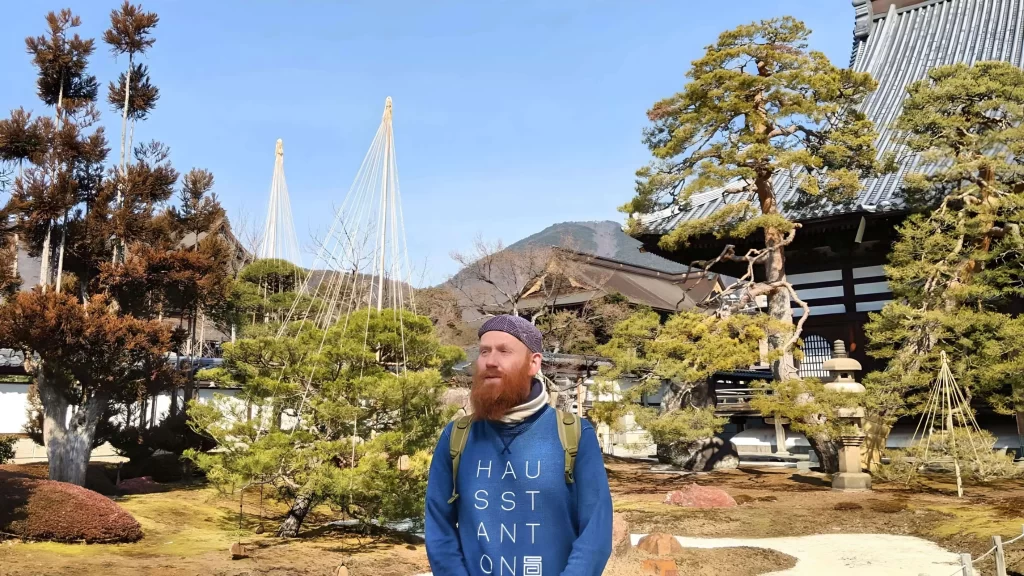
©Peter Carnell

